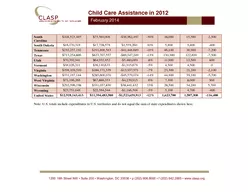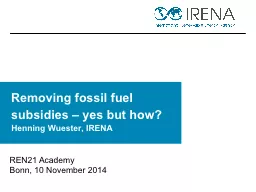PDF-WKWUHHWXLWHDVKLQJWRQSIZZZFODVSRUJ A Record Low By Hannah Matthews and Stephanie Schmit
Author : myesha-ticknor | Published Date : 2015-03-05
States contribute in the form of matching funds and maintenance of effort MOE In addition states use funds from the Temporary Assistance for Needy Families TANF
Presentation Embed Code
Download Presentation
Download Presentation The PPT/PDF document "WKWUHHWXLWHDVKLQJWRQSIZZZFODVSRUJ A Reco..." is the property of its rightful owner. Permission is granted to download and print the materials on this website for personal, non-commercial use only, and to display it on your personal computer provided you do not modify the materials and that you retain all copyright notices contained in the materials. By downloading content from our website, you accept the terms of this agreement.
WKWUHHWXLWHDVKLQJWRQSIZZZFODVSRUJ A Record Low By Hannah Matthews and Stephanie Schmit: Transcript
Download Rules Of Document
"WKWUHHWXLWHDVKLQJWRQSIZZZFODVSRUJ A Record Low By Hannah Matthews and Stephanie Schmit"The content belongs to its owner. You may download and print it for personal use, without modification, and keep all copyright notices. By downloading, you agree to these terms.
Related Documents














